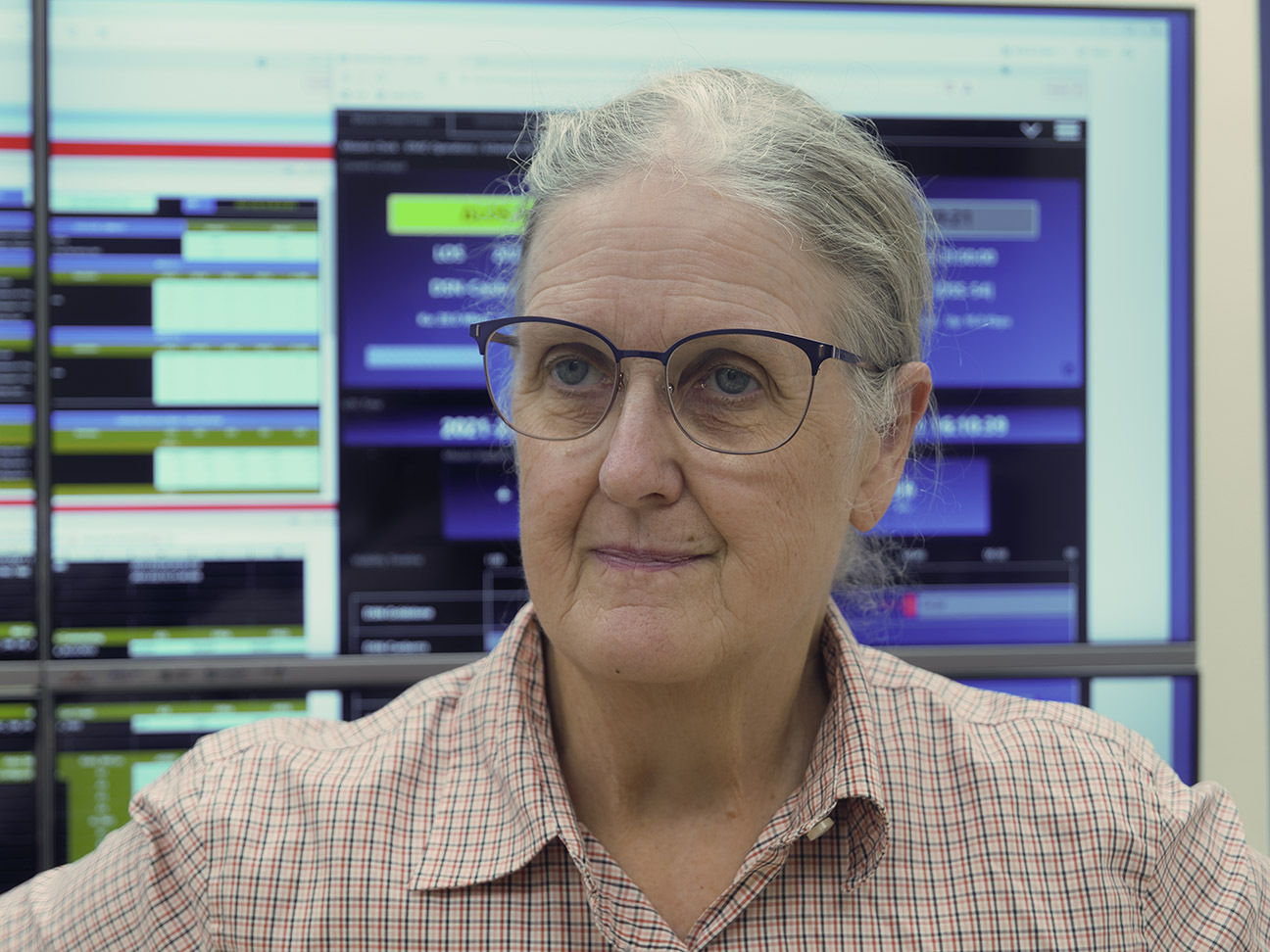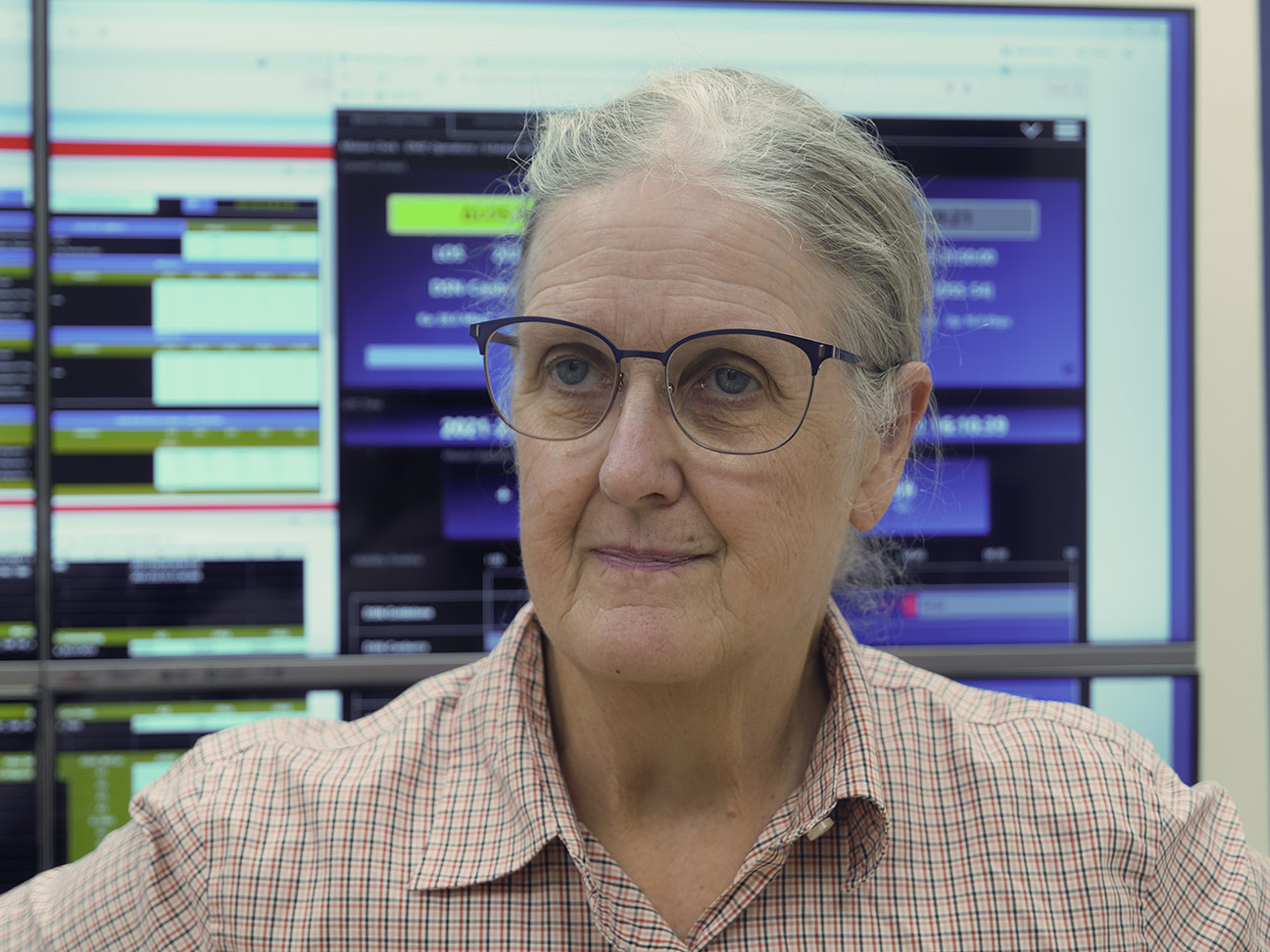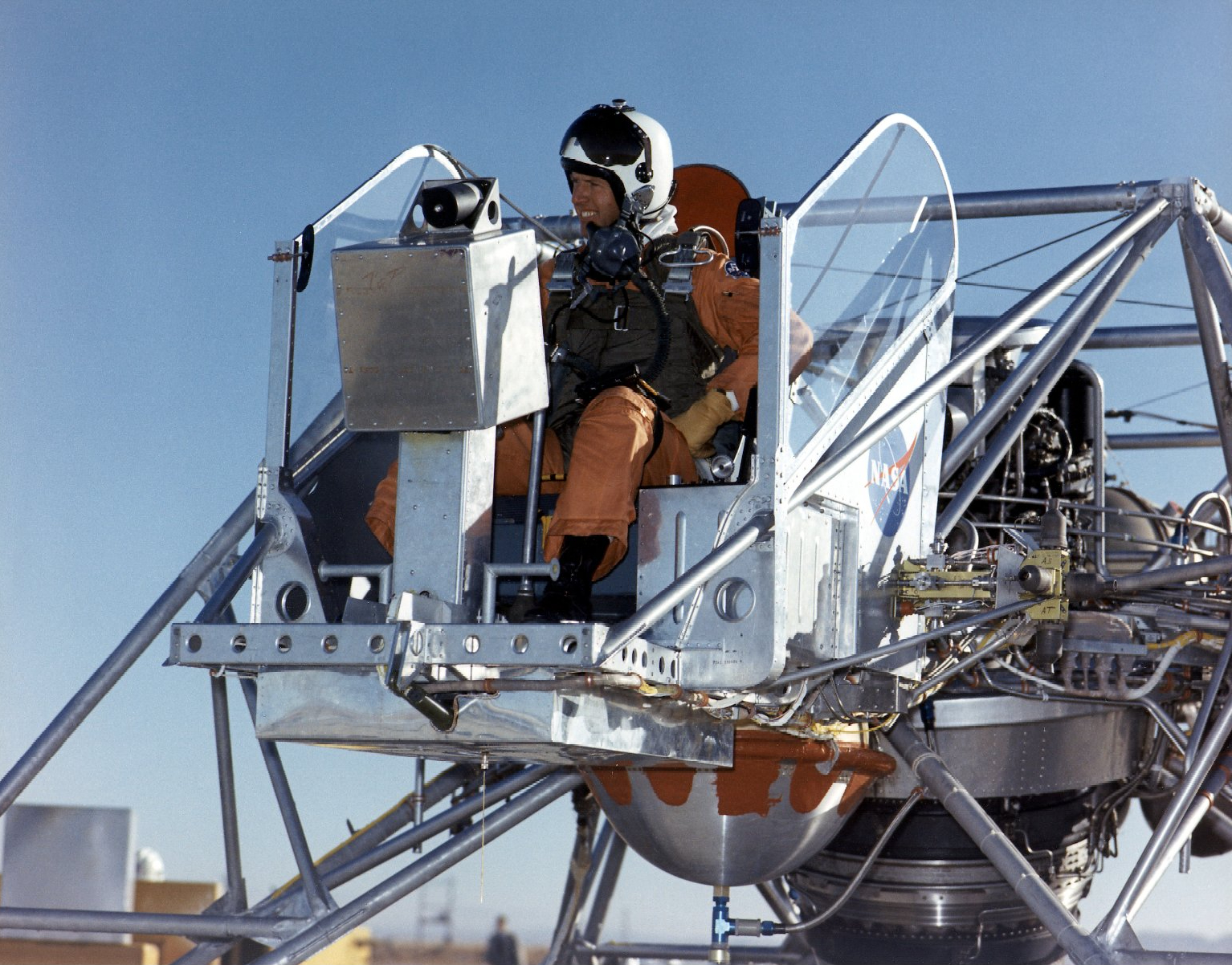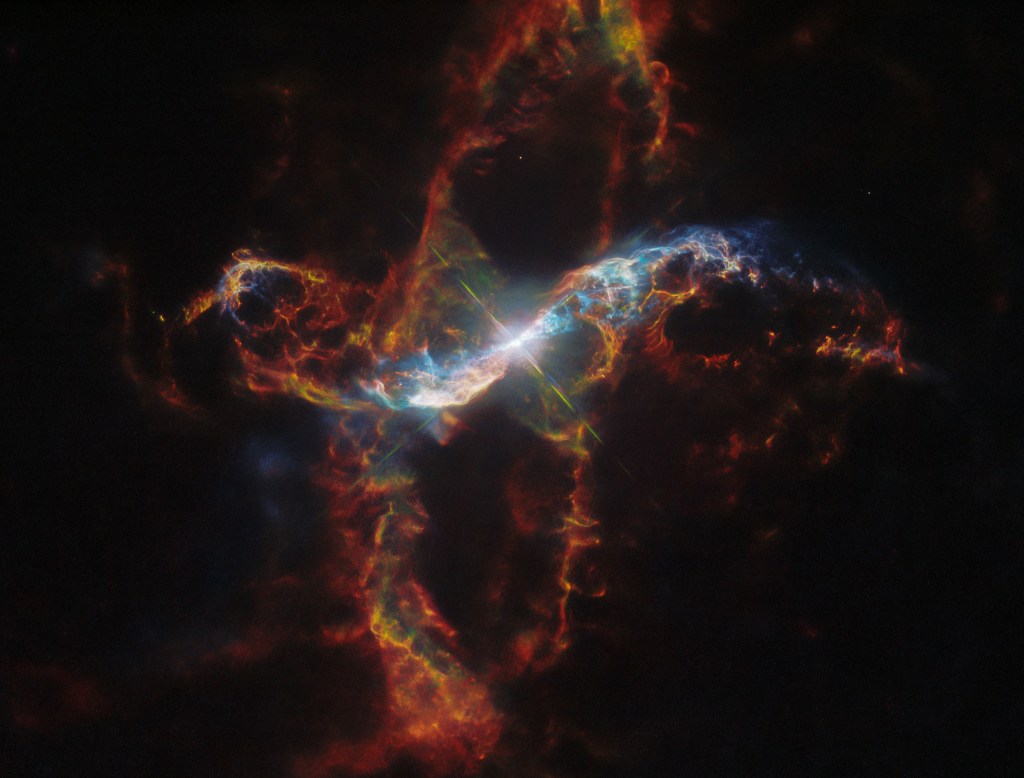NASA Webb, Hubble Scientist Marcia Rieke Awarded Gruber Cosmology Prize
Marcia Rieke, a scientist who worked on NASA’s James Webb Space Telescope and Hubble Space Telescope, has received the Gruber Foundation’s 2024 Cosmology Prize. Rieke will receive the award and gold laureate pin at a ceremony August 8, 2024, at the General Assembly of the International Astronomical Union in Cape Town, South Africa. Rieke was […]

3 min read
Preparations for Next Moonwalk Simulations Underway (and Underwater)
Marcia Rieke, a scientist who worked on NASA’s James Webb Space Telescope and Hubble Space Telescope, has received the Gruber Foundation’s 2024 Cosmology Prize. Rieke will receive the award and gold laureate pin at a ceremony August 8, 2024, at the General Assembly of the International Astronomical Union in Cape Town, South Africa.
Rieke was awarded the prize “for her pioneering work on astronomical instrumentation to reveal the breadth and details of the infrared universe. Her contributions to flagship space missions have opened new avenues for understanding the history and mechanisms of star and galaxy formation. She enabled the development and delivery of premier instruments providing groundbreaking sensitivity to near-infrared wavelengths to both the Webb and the Hubble telescopes. Through these substantive contributions along with earlier work, Marcia Rieke has had a lasting impact on our understanding of the universe,” according to the Gruber Foundation’s announcement.
The Cosmology Prize honors a leading cosmologist, astronomer, astrophysicist, or scientific philosopher for theoretical, analytical, conceptual, or observational discoveries leading to fundamental advances in our understanding of the universe. Since 2001, the Cosmology Prize has been cosponsored by the International Astronomical Union. Presented annually, the Cosmology Prize acknowledges and encourages further exploration in a field that shapes the way we perceive and comprehend our universe.
Rieke is Regents’ Professor of Astronomy at the University of Arizona and was the principal investigator for the Near-Infrared Camera (NIRCam) on the Webb telescope.
As principal investigator for the NIRCam, Rieke was responsible for ensuring that the instrument was built and delivered on time and on budget. She worked with the engineers at Lockheed Martin who built NIRCam and helped them decipher and meet the instruments’ requirements.
“As principal investigator of the James Webb Space Telescope NIRCam instrument, Dr. Rieke’s vision, dedication, and leadership were inspirational to the entire team and a key contribution to the success of the Webb telescope,” said Lee Feinberg, Webb telescope manager and optics lead at NASA’s Goddard Space Flight Center in Greenbelt, Maryland.
Rieke’s research interests include infrared observations of the center of the Milky Way and of other galactic nuclei. She has served as the deputy principal investigator on the Near Infrared Camera and Multi-Object Spectrometer for the Hubble Space Telescope (NICMOS), and the outreach coordinator for NASA’s retired Spitzer Space Telescope.
“As a leading scientist on a premiere Hubble Space Telescope science camera, NICMOS, Dr. Rieke’s expertise enabled ground-breaking discoveries on everything from star formation to distant galaxies,” said Dr. Jennifer Wiseman, Hubble Space Telescope senior project scientist at NASA Goddard. “Subsequent cameras on Hubble, and infrared space telescopes like Spitzer and Webb, have built upon Dr. Rieke’s pioneering work.”
“Dr. Rieke has also poured herself into wide international scientific leadership, leading countless scientific panels that envision and shape the best instruments for future powerful astronomical discovery,” Wiseman said.
“There’s a story beginning to emerge,” Rieke said about the science Webb has returned in the first two years of its mission. “But we still need some more pieces to the story.” For the duration of Webb’s lifetime, many of those pieces will emerge from the instrument that Rieke led.
The James Webb Space Telescope is the world’s premier space science observatory. Webb is solving mysteries in our solar system, looking beyond to distant worlds around other stars, and probing the mysterious structures and origins of our universe and our place in it. Webb is an international program led by NASA with its partners, ESA (European Space Agency) and CSA (Canadian Space Agency).
Media Contact
Rob Gutro
NASA’s Goddard Space Flight Center
What's Your Reaction?



















.jpg?#)





































